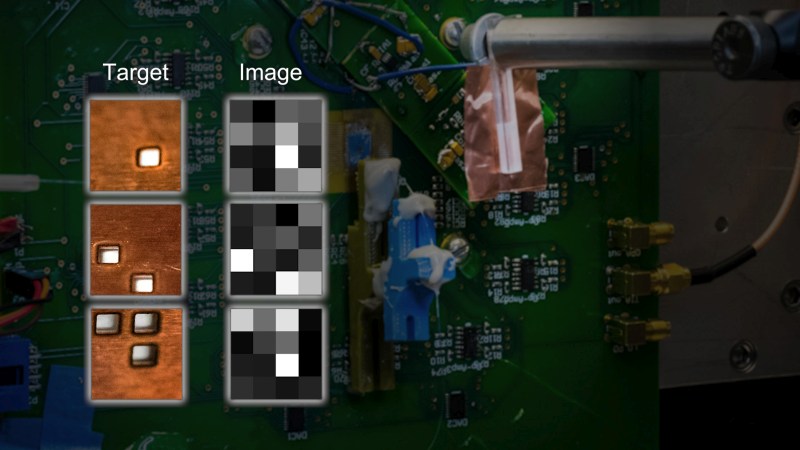One of the great things you get to observe when working here at SnapMunk is seeing how a new technology is created, adapted, and then implemented. So it’s always interesting when a new technological innovation emerges that can quickly change the status quo of our tech devices. In this case, it comes from the camera itself. A “lensless camera.”
Recently researchers at the California Institute of Technology announced this week that they developed a new camera that in no way required physical lenses to take a picture. And this is how big it is.

Yes, that is it on a penny.
It is called the Optical Phased Array or OPA. It works the same as lenses do in principle; it manipulates incoming light to capture the image. The difference is in the methodology and what that allows. Within the OPA, despite its small size is an array of light receivers that can take in the image. “What the camera does is similar to looking through a thin straw and scanning it across the field of view. We can form an image at an incredibly fast speed by manipulating the light instead of moving a mechanical object,” says graduate student Reza Fatemi (MS ’16), lead author of the OSA paper.
Now, because the individual receivers can be operated independently and with greater control than a traditional lens, the camera can control the speed at which it captures that light with greater precision. “Here, like most other things in life, timing is everything. With our new system, you can selectively look in a desired direction and at a very small part of the picture in front of you at any given time, by controlling the timing with femto-second—quadrillionth of a second—precision,” said Ali Hajimiri, Professor of Electrical Engineering and Medical Engineering in the Division of Engineering and Applied Science at Caltech. Hajimiri was the principal investigator on the paper describing this new camera.
At this time the technology has limits. At its best it can scan a barcode efficiently, but when the camera attempts more detailed work…

Yeah. Traditional cameras aren’t going anywhere anytime soon.
Despite that, the technology itself is viable, if in a very low-quality iteration.
This lensless camera is not the team’s first project either. Back in 2014, they developed a projector using similar technology that was designed to project images. The idea was that they would develop a projector they could mount on a cell phone. However, that project resulted in a similar outcome, a very vague first step but nothing bordering on a precise, crisp image.
If this does prove successful, the comparable size and detail this lensless camera could easily exceed existing benchmarks.

